This page contains some affiliate links. To learn why ReptiFiles sometimes uses paid links, read here!
“Substrate” is another word for bedding, the material used to cover the floor of your pet’s enclosure. Since sandfish are fossorial (meaning that they like to spend most of their time underground), using the right substrate is critical to
ensuring their health and happiness. Fortunately, their ideal substrate is pretty easy to determine, as the answer is in their name!
Good sandfish substrates
- Jurassic Sands Reptile Substrate: This dune sand is almost exactly the same as what sandfish experience in their natural environment. It’s superfine, soft, and very diggable.
- Zoo Med Reptisand
: Reptisand is a readily-available, low-dust sand substrate with no added dyes or chemicals. It’s made from finely ground quartz, making it silica-free and fairly similar to the sand in a sandfish’s natural environment.
- Exo Terra Desert Sand: Readily-available, low-dust sand substrate with no added dyes or chemicals. It’s made from finely ground quartz, making it silica-free and fairly similar to the sand in a sandfish’s natural environment.
- GlassBlast, fine: Glass Blast is a type of sandblasting material made from post-consumer recycled bottle glass. Due to a closed crystalline structure, it’s safer than traditional blasting sand, and the “Fine” grade is very soft, so you don’t have to worry about cuts. Plus, it’s environmentally-friendly!
- Play sand, washed: Play sand (also known as all-purpose sand) is not as fine-particled as the other options here, but you can get it for less than $1 per 10 lbs at any home improvement store.
Sandfish need at least 4-6” (10-15cm) of clean sand for digging, burrowing, and “swimming”. They typically stay about 1-2” (1-3cm) under the sand, and generally don’t go deeper unless digging under something like a rock, water dish, or a buried hide box. However it is speculated that they may burrow deeper into the sand to cool off or seek moisture, so that’s why we recommend a deep substrate layer.

Bad sandfish substrates
- Reptile carpet
- Aspen shavings
- Reptibark
- Coconut fiber
- Ground walnut shell
- Calcium or vitamin sand
- Sandblasting sand
Although calcium and vitamin sands are advertised as safe for reptiles (hint: they’re not), they should not be used with sandfish skinks
because it is unknown how the main ingredient, calcium carbonate, interacts with the skink’s natural sand elimination processes.
While there is a sandblasting medium listing on the “Good Substrates” list, we do not recommend sandblasting sand because it may contain free silica particles which are known to be harmful to humans if inhaled, and may be harmful to sandfish skinks.
When in doubt, if it’s not sand, it’s not likely to be a good substrate for sandfish.

How to Clean Your Sandfish’s Substrate
Keeping the substrate clean is a big part of keeping your pet’s enclosure clean. Sift through the sand at least once a week with a fine mesh scoop like Zoo Med’s Repti Sand Scooper to remove poo and urate. Depending on the size of your enclosure and how dirty the sand gets, you will need to completely replace your sandfish’s substrate every 1-3 months.
This is a good time to do a thorough clean of the enclosure itself, too. Use a disinfectant like F10SC or Rescue for best results, although household ammonia is a cheap alternative that generally does a decent job. Use as directed on the product label for best results.
